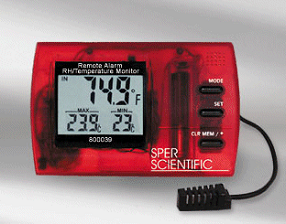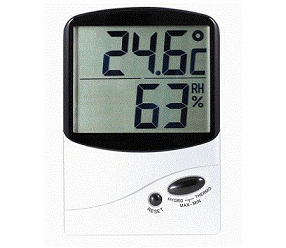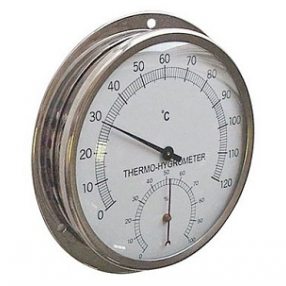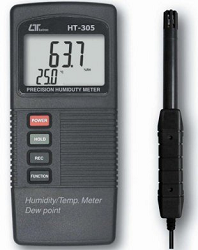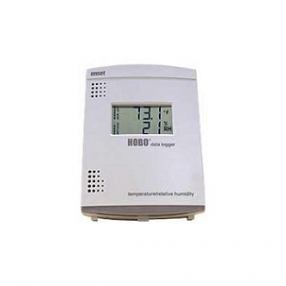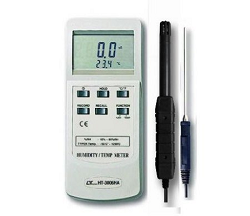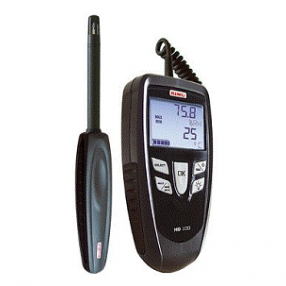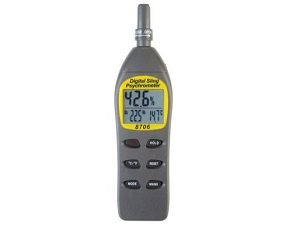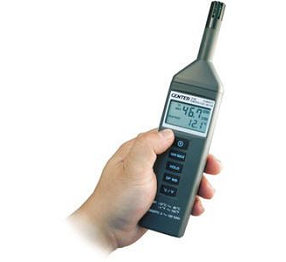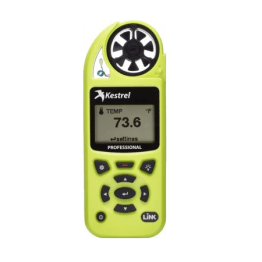Humidity Meters & Hygrometers
$1,318.18
AUD + GST
$1,450.00
AUD Inc. GST
Light, Sound, Anemometer, RH, Temp, Type K Thermocouple input - LM8102
Product code: LM8102
$379.20
AUD + GST
$417.12
AUD Inc. GST
$40.86
AUD + GST
$44.95
AUD Inc. GST
Humidity Temperature Meter (Dew point and Wet bulb) - IC-CENTER317
Product code: IC-CENTER317
$226.00
AUD + GST
$248.60
AUD Inc. GST
$89.40
AUD + GST
$98.34
AUD Inc. GST
$119.80
AUD + GST
$131.78
AUD Inc. GST
$36.00
AUD + GST
$39.60
AUD Inc. GST
$209.30
AUD + GST
$230.23
AUD Inc. GST
Hygrometer, Temperature, Dew Point Meter With Led Alarm - 0560-6082
Product code: 0560-6082
$237.00
AUD + GST
$260.70
AUD Inc. GST
$239.70
AUD + GST
$263.67
AUD Inc. GST
$164.00
AUD + GST
$180.40
AUD Inc. GST
$969.70
AUD + GST
$1,066.67
AUD Inc. GST
$409.30
AUD + GST
$450.23
AUD Inc. GST
$863.636
AUD + GST
$950.00
AUD Inc. GST
$249.90
AUD + GST
$274.89
AUD Inc. GST
$309.20
AUD + GST
$340.12
AUD Inc. GST
$813.636
AUD + GST
$895.00
AUD Inc. GST
$508.00
AUD + GST
$558.80
AUD Inc. GST
$179.80
AUD + GST
$197.78
AUD Inc. GST
$174.00
AUD + GST
$191.40
AUD Inc. GST
$169.20
AUD + GST
$186.12
AUD Inc. GST
$289.00
AUD + GST
$317.90
AUD Inc. GST
$467.00
AUD + GST
$513.70
AUD Inc. GST
$569.40
AUD + GST
$626.34
AUD Inc. GST
Kestrel 5200 Professional Environment Meter with Link - IC-0852LHVG
Product code: IC-0852LHVG
$840.909
AUD + GST
$925.00
AUD Inc. GST
$659.40
AUD + GST
$725.34
AUD Inc. GST
$481.00
AUD + GST
$529.10
AUD Inc. GST
$380.00
AUD + GST
$418.00
AUD Inc. GST
$280.00
AUD + GST
$308.00
AUD Inc. GST
$429.90
AUD + GST
$472.89
AUD Inc. GST

